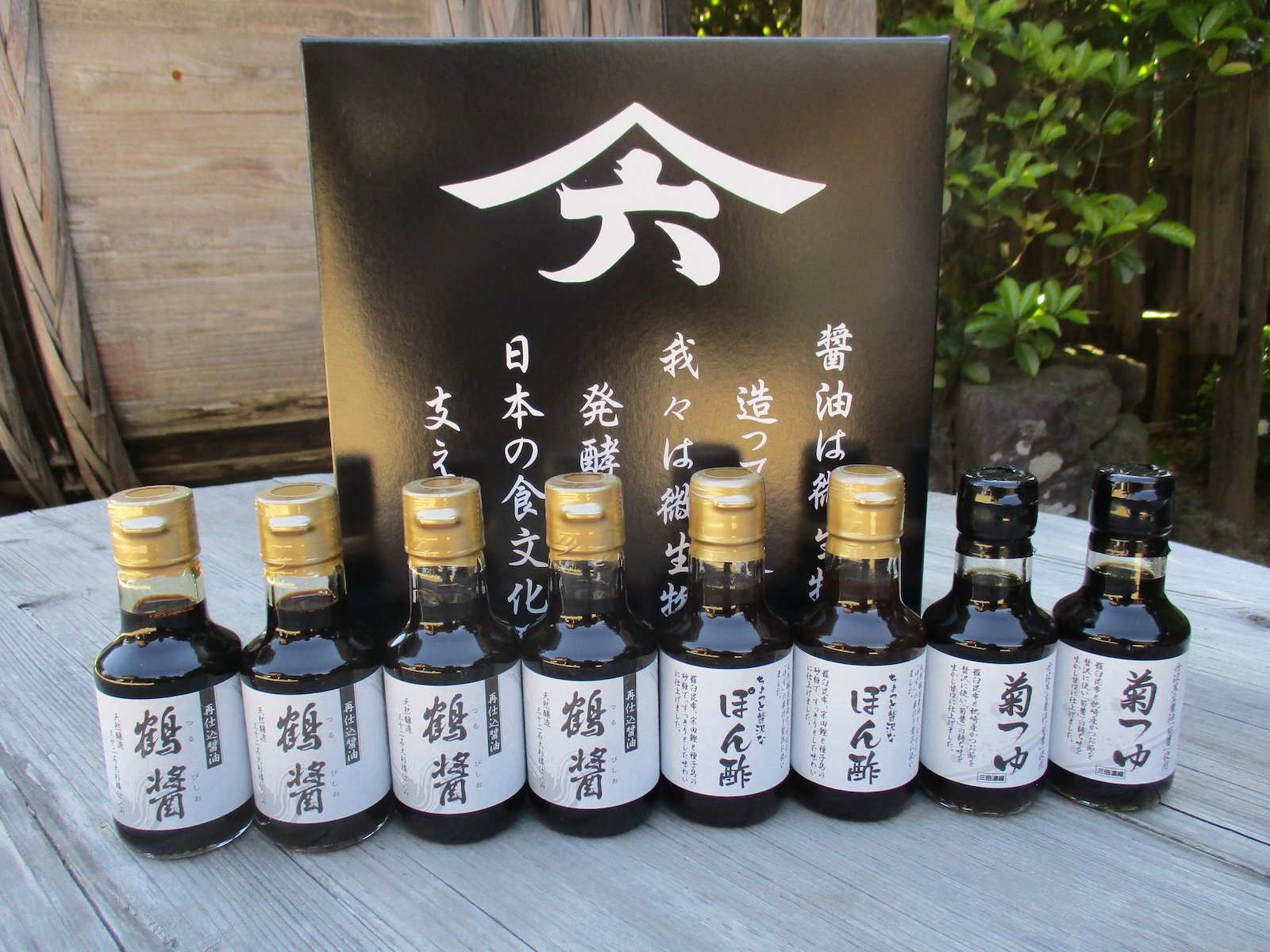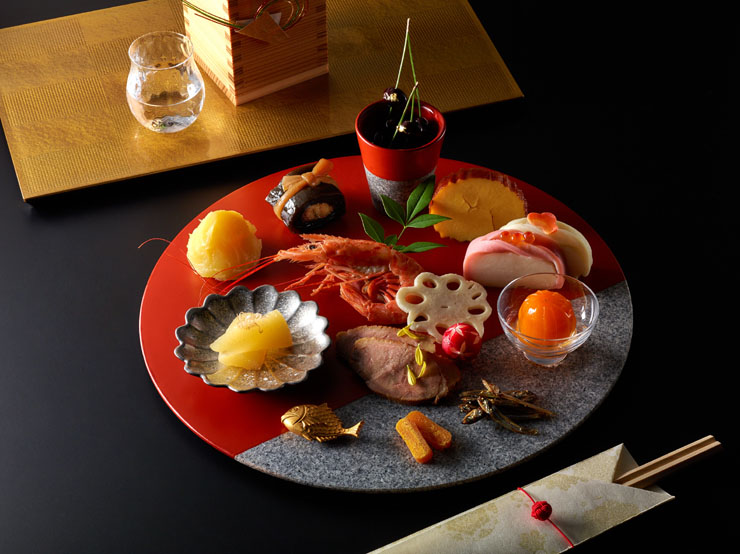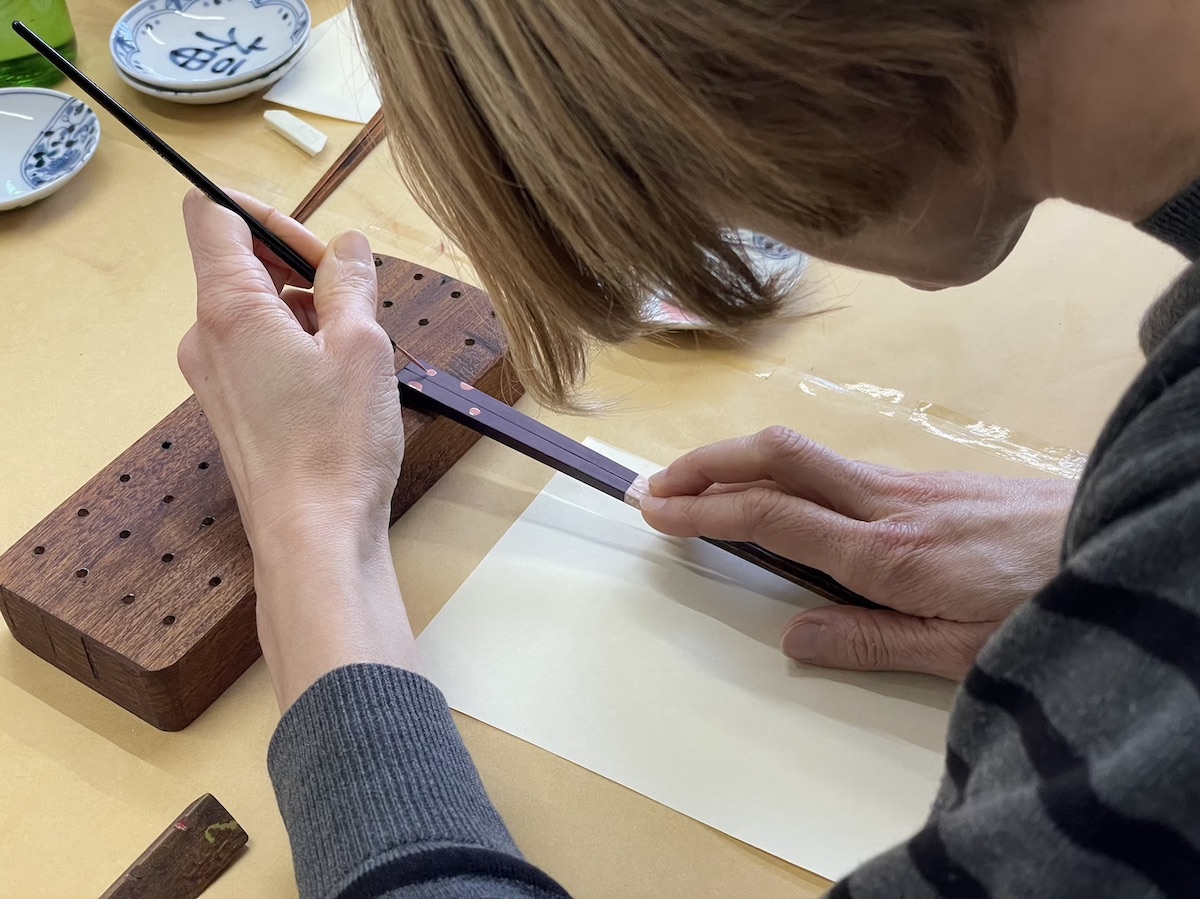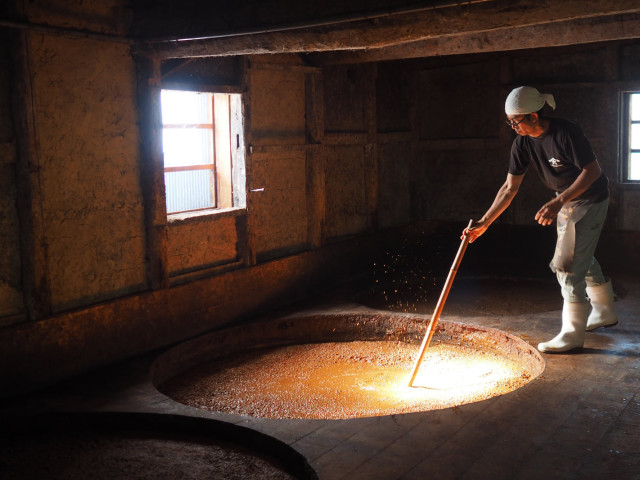Japan’s smallest prefecture has a bold mission — preserve (and successfully revive) centuries-old traditions that not only enrich the taste of its best-selling resources but also help unite people.
It doesn’t take long for a traveler to this stunningly beautiful region in Japan’s northern Shikoku to discover that traditions run deep in Kagawa, particularly in food production and craftsmanship. This tiny prefecture is home to an array of long-held practices, allowing visitors to experience not only a unique culture but a taste of history, too. In particular, soy sauce production and lacquerware are two fields that enjoy a long and successful history. Despite its Instagram-popular contemporary look of recent years, Kagawa is a place where local techniques remain largely untouched from centuries ago.

Small adjustments, big difference: Kioke wooden barrels
On Shodoshima in the Seto Inland Sea, one of Kagawa’s most culturally unique and scenic destinations, soy sauce expertise accumulated from generations of producers has earned the small island the moniker, “the country of soy sauce.”
Fifth-generation Kagawa-based company Yamaroku Soy Sauce makes its “brown gold” in kioke, large wooden barrels, in the same way that all Japan’s basic seasonings (soy sauce, miso, vinegar, mirin and sake for cooking) were made in the Edo period (1603–1868). Cedar is the wood of choice for the large containers as its fine grain is an ideal environment for the microorganisms that aid fermentation, the process that creates soy sauce from just four ingredients: soy beans, wheat, salt and water. For more than 150 years, Yamaroku’s brewers have used the lively activity of these microorganisms to judge how far fermentation has progressed and stir accordingly. A tour of the storehouse and brewery hall easily reveals the bubbles and pops of the mixture in the barrels that aid these brewers.
The end result is a rich, smooth and full-bodied flavor, without sharpness or saltiness. Yamaroku’s Kiku-Bishio soy sauce brand is aged 1-3 years and has a light, smooth taste that is suitable for cooking, while Tsuru-Bishio, which is five years old, is richer. It is used as a seasoning for various dishes, from sashimi, tofu and grilled fish to rice cakes and even ice cream.

Although fermentation in kioke is time-consuming and more challenging than in steel vats, the Yamamoto family that run Yamaroku are passionate about continuing the practice. For them, making soy sauce this way is part of the authentic Japanese washoku culture. Not only does it offer more health benefits (such as control of blood pressure, blood sugar and appetite), but it also brings diversity to the industry as each batch from each brewery has a unique flavor due to the delicate balance of microorganisms in the wooden barrel that created it.
Preserving a tradition: The Kioke Revival Project and beyond
Until about 60 years ago, all soy sauce in Japan used kioke until the introduction of cheaper alternatives allowed brewers to make the “brown gold” in six months rather than years. Today, Yamaroku is among the estimated one percent of soy sauce makers in Japan that use the old practice. In an effort to preserve the tradition, Yamaroku’s owner Yasuo Yamamoto launched the Kioke Craftsmen Revival Project in 2012. Designed to revive the construction and use of kioke across Japan, the initiative invites brewers to gather in Shodoshima annually to make new barrels by hand. Many regions are now seeing a revival of interest in traditional soy sauce brewing methods and their own brewers are even starting to make kioke again locally.
Travelers who want to learn more about soy sauce production’s depths should visit Shodoshima’s Marukin Soy Sauce Museum. In addition to various comprehensive and entertaining explanations of the entire soy sauce production process, kioke barrels and other traditional tools used in soy sauce production methods from the Edo period, are also on display.

Kagawa Lacquerware
In addition to traditional soy sauce making, Kagawa also prides itself in its efforts to revive another of its best-kept traditions and crafts — lacquerware. Like the area’s soy sauce production, Kagawa’s lacquerware has a long and rich heritage. It is thought that the craft was started by Tamakaji Zokoku (1806–1869), a local craftsman and designer who developed and perfected the three techniques of Kagawa lacquerware — kinma, zonsei and choshitsu — which were brought to Japan in the 14th century.
Originating from Thailand and Myanmar, kinma involves adding layers of black lacquer to the object’s surface. A design is then engraved in fine lines that are filled with colored lacquer before the item is polished until smooth. In zonsei, colored designs are painted on top of black lacquer (depending on the product, the base colors may vary) and then incised, using gold dust or gold leaf to fill in the spaces. Both types of lacquerware are recognized as intangible cultural properties.
When making choshitsu, meanwhile, craftsmen apply various colors of lacquer, sometimes in more than 100 layers. A design is then carved into the layers to reveal the colors and the surface is smoothed until even. It is an intricate and delicate process — some 100 layers result in a thickness of only 3mm.
All three techniques are characterized by multi-colored layers featuring motifs of the natural world, such as leaves and flowers, as well as dragons. The look is inviting, and Kagawa lacquerware has a beautiful glaze, mellow feel and is highly resistant to breakages, making it an ideal souvenir to transport.

Local experiences and workshops
In Takamatsu, the recognized origin of Kagawa lacquerware, there are several sites offering workshops. At Nakata Shikki, visitors can try the final stage of the process, using several sizes of carving tools to create their own designs on a lacquered plate or cup. As the plate is pre-lacquered, the finished product can be taken home immediately rather than being shipped later when dry. Workshop participants can also make their own unique set of chopsticks by applying lacquer and design of their choice. The finalized product will be shipped to their home address several days later once dried and ready for use.
Visitors who wish to delve more deeply into how Kagawa lacquerware is made can watch the skilled craftsmen in their small workshop on site or pop into Sanuki Lacquer Art Museum. This private facility, opened in Takamatsu 2014, features a permanent display of the area’s lacquerware craftsmanship as well as regular temporary exhibitions of modern Kagawa lacquer art. Lessons are also available in lacquering — choose from working on chopsticks, chopstick stands and small bowls.
Getting to and around Kagawa Prefecture is easy with Jumbo Ferry, which connects Takamatsu with Kobe in Hyogo Prefecture as well as Takamatsu and Shodoshima. Get a window seat for stunning views of Akashi Kaikyo Bridge and some of the many islands in the Seto Inland Sea, a perfect way to start or complete your exploration of the rich culture of Kagawa.
For more information on Kagawa and Shodoshima, visit the prefecture’s official tourism website at www.my-kagawa.jp/en. For information on getting to Shodoshima, see Jumbo Ferry’s website at https://ferry.co.jp. To find out more about Yamaroku’s soy sauce, see http://yama-roku.net/
For travel, safety tips and national and regional measures in Japan to tackle the COVID-19 pandemic spread, please refer to the JNTO Coronavirus (COVID-19) advisory information page at www.japan.travel/en/coronavirus.
 Take our user survey and make your voice heard.
Take our user survey and make your voice heard.













1 Comment
Login to comment
SauloJpn
A really wonderful place to get to know in Japan.